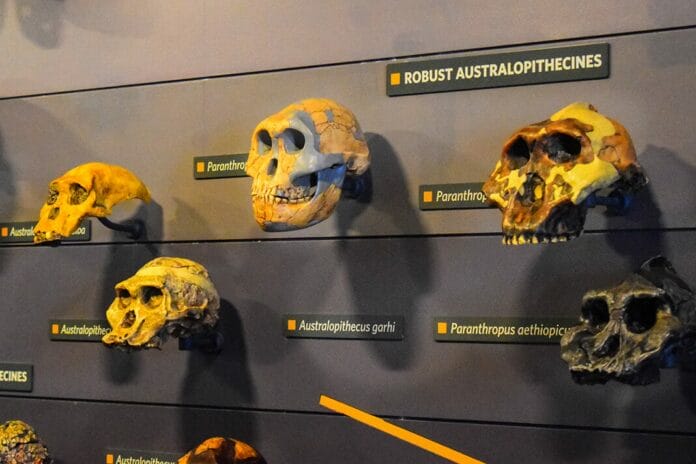While permanent molars typically appear at ages six, twelve, and eighteen in humans, chimpanzees attain them at a much earlier age: three, six, and twelve years old. A study conducted by researchers from the University of Arizona and Arizona State University investigated the late emergence of adult molars in humans compared to their closest relatives, chimpanzees.1
The evolutionary success story of humans is marked by their exceptional characteristics, such as high intelligence, strong social bonds, resourcefulness, and a capacity for learning and teaching. These attributes are intricately linked to our unique life history, encompassing the pace of growth, the duration of maternal dependence for nutritional support, time to reach sexual maturity, and overall lifespan. Surprisingly, our teeth provide crucial clues to understanding these aspects of human biology, particularly the ages at which our permanent molars erupt.1
The Study
To investigate this phenomenon, the researchers created 3D biomechanical models of skulls, considering the attachment positions of major chewing muscles, across nearly two dozen primate species. These models, combined with data on jaw growth rates, identified the precise spatial and temporal relationship between erupting molars and the evolving masticatory system.1
The model described incorporates 3D landmark data to analyze the masticatory system’s configuration, focusing on the lines of action of three main mandibular adductor muscles.1
Muscle force magnitudes are not confidently estimated, so the position of the anterior-most resultant vector is calculated based on vector orientations and positions. This allows the quantification of space available for emerging molars and tests constraints on molar emergence throughout ontogeny.1
Growth-related changes in mandibular arch length are analyzed to understand the rate and duration of growth, which is then correlated with the timing of molar emergence.1
Additionally, a phylogenetic principal components analysis was conducted to evaluate the interconnectedness of craniofacial growth, masticatory configuration, and molar emergence scheduling with overall growth and life history variables such as brain size, age at first reproduction, interbirth interval, and gestation length.1
The Results
The study reveals that the coordination between facial growth and the mechanics of chewing muscles plays a pivotal role in determining both the location and timing of adult molar eruption.1
This intricate interplay ensures that molars only erupt when a “mechanically safe” space is available, preventing premature eruption that could disrupt the function of the chewing apparatus and cause damage to the temporomandibular joint.1
The study establishes two critical findings: First, it convincingly demonstrates that the biomechanical relationship between facial growth and chewing muscles underpins the tight connection between dental development and life history. Second, it attributes our species’ delayed molar eruption to the evolution of slow growth, short jaws, and retracted faces situated beneath our braincase.1
Conclusion
The combination of slow jaw growth and short, retracted faces unique to modern humans determines the timing of molar eruption. Our species’ distinctive growth patterns and facial features create a “sweet spot” that delays the appearance of molars until later ages.1
In addition to its significance in understanding human evolution, this study may have implications for clinical dentistry. The researchers suggest that exploring the finer details of the model could provide insights into the phenomenon of impacted wisdom teeth in humans.1
As the research progresses, the researchers intend to apply their model to fossil human skulls to identify when slowed jaw growth and delayed molar eruption first emerged in our ancient ancestors. This study opens new perspectives on the complex relationships between the human lineage’s dental development, skull growth, and maturation profiles.1
Before you leave, check out the Today’s RDH self-study CE courses. All courses are peer-reviewed and non-sponsored to focus solely on pure education. Click here now.
Listen to the Today’s RDH Dental Hygiene Podcast Below:
References
1. Glowacka, H., Schwartz, G.T. A Biomechanical Perspective on Molar Emergence and Primate Life History. Science Advances. 2021; 7(41): eabj0335. https://doi.org/10.1126/sciadv.abj0335










